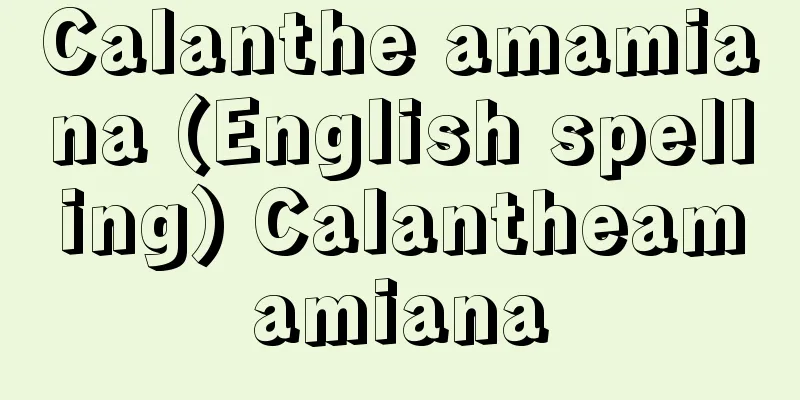Shohei Ooka

|
Novelist and critic. Stendhal researcher. Born in Tokyo on March 6, 1909. Transferred from Aoyama Gakuin Junior High School to Seijo Junior High School, and then to the humanities department of Seijo High School. Through his private tutor Kobayashi Hideo, he became acquainted with Kawakami Tetsutaro, Nakahara Chuya, and Nakamura Mitsuo, and was fortunate to accumulate literary knowledge with some of the most outstanding figures in Showa literature. Graduated from the French Literature Department of Kyoto Imperial University in 1934 (Showa 9), and while working for Kokumin Shimbunsha and Teikoku Sanso, he became known for his research on Stendhal. He was drafted in 1901 and sent to the front line on the island of Mindanao in the Philippines. He was taken prisoner by the U.S. Army, and returned to Japan in December 1945 (Showa 20). He began his career as a writer with "Furyoki" (1948), which described his experiences there; later, when it was included in the "Omnibus Furyoki" (Combined Collection of Prisoner of War Records), he changed the title to "Until Captured." He subsequently completed works such as "Omnibus Furyoki" (1952), which describes his experiences as a POW from the perspective of a "man confined to cages," and "Fires on the Plain" (1948-49), which explores the existence of people in extreme situations, making him a pioneer of postwar literature. He also began writing historical novels, using his experiences of battle and retreat as a core, producing works such as "Shomonki" (1965) and "Tenchugumi" (1974). He then criticized the historical novels of authors such as Inoue Yasushi and Mori Ogai, raising important issues in literary and academic circles. He also completed the masterpiece "The Battle of Leyte" (1967-69), which delved into the issues of modern Japan by meticulously recreating the course of the battle on Leyte Island, making full use of a vast amount of material. On the other hand, he completed masterpieces such as "Musashino Fujoshi" (1950) and "Kaei" (Shadows of Flowers) (1958-59), which captured the psychology of love through a clear analytical style, and also wrote works such as "Morning Songs" (1956) and "Songs of Past Days" (1966), a critical study of Nakahara Chuya, "Tominaga Taro" (1974), critiques such as "Common Sense Literary Theory" (1961), "Testimony to Showa Literature" (1969), and "True and Falsehood in Literature" (1976), "The Incident" (1977), which uses a detective novel setting to expose the problems of modern trials, and "A Long Journey" (1982), a documentary that recreates the court battle of a former soldier sentenced to death as a Class B war criminal, making him one of the most comprehensive and diverse writers of our time. He passed away on December 25, 1988. [Kamei Hideo] "The Collection of Shohei Ooka, 18 volumes (1982-84, Iwanami Shoten)" [Reference items] | | | |Source: Shogakukan Encyclopedia Nipponica About Encyclopedia Nipponica Information | Legend |
|
小説家、評論家。スタンダール研究者。明治42年3月6日、東京市生まれ。青山学院中等部から成城中学へ転じ、成城高校文科へ進む。家庭教師となった小林秀雄を通して河上徹太郎や中原中也(ちゅうや)、中村光夫(みつお)らと知り合い、昭和文学の担い手のなかでもっとも優れた人たちと文学的素養を蓄積する幸運に恵まれた。1934年(昭和9)京都帝国大学仏文科を卒業、国民新聞社や帝国酸素などに勤めるかたわら、スタンダール研究で知られるようになった。44年召集され、フィリピンのミンダナオ島の戦線に送られた。アメリカ軍の捕虜となり、45年(昭和20)12月に帰国。そのときの体験を描いた『俘虜記(ふりょき)』(1948。のち『合本 俘虜記』に収めるとき『捉(つか)まるまで』と改題)で、作家として出発した。その後、捕虜生活中の体験を「檻禁(かんきん)された人間」の視点から描いた『合本 俘虜記』(1952)や、極限状況の人間の実存を追求した『野火(のび)』(1948~49)などを完成し、戦後文学の旗手となった。さらに戦闘と敗走の体験を核として歴史小説にも着手し、『将門記(しょうもんき)』(1965)や『天誅組(てんちゅうぐみ)』(1974)などを著し、転じて井上靖(やすし)や森鴎外(おうがい)の歴史小説を批判して文壇や学界に重要な問題を投げかけ、またレイテ島における戦闘経過を膨大な資料を駆使して克明に再現しながらわが国近代の問題に迫った大作『レイテ戦記』(1967~69)を完成した。 他方、明晰(めいせき)な分析的文体によって恋愛心理をとらえた『武蔵野(むさしの)夫人』(1950)や『花影(かえい)』(1958~59)などの名作を完成し、あるいはまた『朝の歌』(1956)や『在(あ)りし日の歌』(1966)などによる中原中也研究や、『富永太郎』(1974)の評伝的な研究、『常識的文学論』(1961)、『昭和文学への証言』(1969)、『文学における虚と実』(1976)などの評論、推理小説的な設定によって現代の裁判の問題をえぐった『事件』(1977)、B級戦犯として死刑を宣せられた元軍人の法廷闘争を再現したドキュメント『ながい旅』(1982)などを著し、現代でもっとも総合性のある、多彩な活動を行った。昭和63年12月25日没。 [亀井秀雄] 『『大岡昇平集』全18巻(1982~84・岩波書店)』 [参照項目] | | | |出典 小学館 日本大百科全書(ニッポニカ)日本大百科全書(ニッポニカ)について 情報 | 凡例 |
<<: Ooka's Political Affairs - Ooka's Financial Affairs
Recommend
Akitsu [town] - Akitsu
A former town in Toyoda County in southern Hiroshi...
Aaron Mamby - Aaron Mamby
The world's first iron steamship was built in ...
Fleischer, D.
…American animation brothers who brought popular ...
Positiv
…There are various sizes of organs depending on t...
ARPA
Former name of DARPA (Defense Advanced Research Pr...
Damrosch, Walter Johannes
Born January 30, 1862 in Breslau (now Wrocław, Pol...
《Aryabatiya》 - Aryabatiya
…An astronomer and mathematician active in Patali...
Quantum theory of fields
This is a quantum mechanical theory that describes...
Kikindake - Kikindake
...Wheat, potatoes, sugar beets, onions, etc. are...
Genpaku Sugita - Sugita Genpaku
A doctor and scholar of Western medicine in the m...
Bamboo Lady
A cylindrical basket that is hugged and used to sl...
Dump truck
...There are self-propelled ones (motor scrapers)...
Fire Tornado - Kasaisenpu
A tornado-like whirlpool of air that occurs when a...
Hinterland - Kouhaichi
In the field of economics, it is used as a transl...
Electric catfish
…Each discharge lasts for a few milliseconds and ...









